Ocean ice is melting day by day:
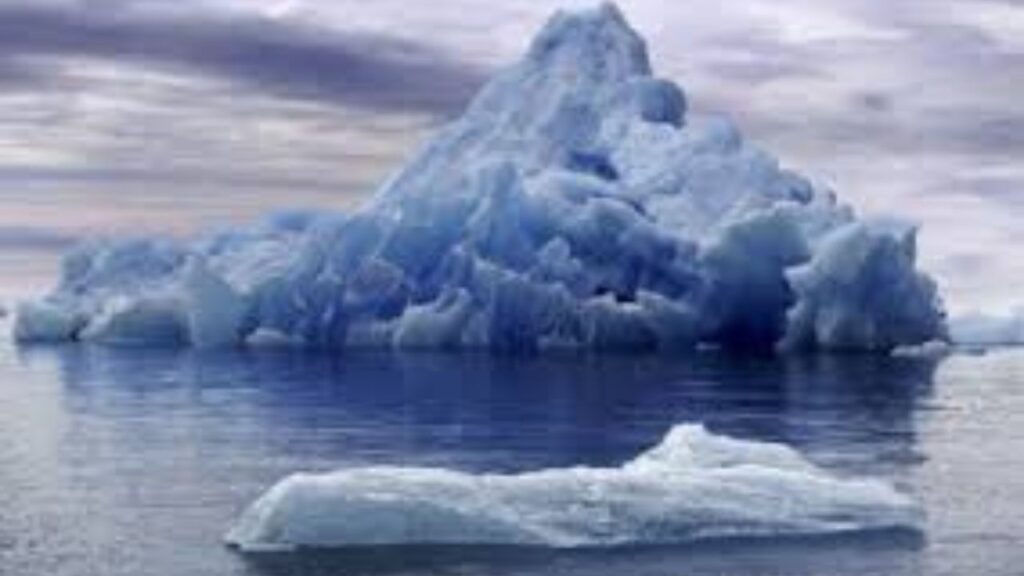
The world’s polar ice caps, especially in areas like Antarctica and the Arctic, are experiencing unprecedented melting rates due to climate change. This phenomenon is more than just a distant reality faced by the coldest parts of our world. The repercussions of melting ocean ice ripple outwards, impacting world sea levels, weather patterns, and even human communities. In this extensive piece, we’ll delve deep into the mechanisms of ocean ice melt, the main drivers behind it, and the broader implications for our planet.
The Magnitude of Ocean Ice: -Ocean ice is melting day by day
It’s tough to grasp just how extensive the ocean ice is. To put it in perspective, the Antarctic ice sheet is about two kilometers deep on average and spans an area nearly twice the size of Australia. This massive ice sheet holds enough freshwater to possibly raise global sea levels by 58 meters if it were to melt entirely. Similarly, the Arctic ice cap is another crucial ice mass, having a significant role in the Earth’s climate system.
a. Importance of Ocean Ice
Ocean ice plays several key parts in the Earth’s climate and ocean systems:
-Ocean ice is melting day by day
• Reflecting Sunlight: Ice caps and glaciers reflect sunlight, helping to control the planet’s temperature.
• Regulating Salinity Levels: As ice forms and melts, it influences the salinity levels of the local seawater, which in turn affects ocean currents.
• Habitat for Wildlife: Polar ice offers vital habitats for various species, including polar bears, seals, and numerous microorganisms.
Drivers of Ice Melting: Ocean ice is melting day by day
The main driver of the accelerating ice melt is the rising global temperatures caused by human-induced climate change. Greenhouse gases like carbon dioxide and methane trap heat in the Earth’s atmosphere, leading to general warming. This warming effect is particularly strong in polar regions—a phenomenon known as Arctic amplification.
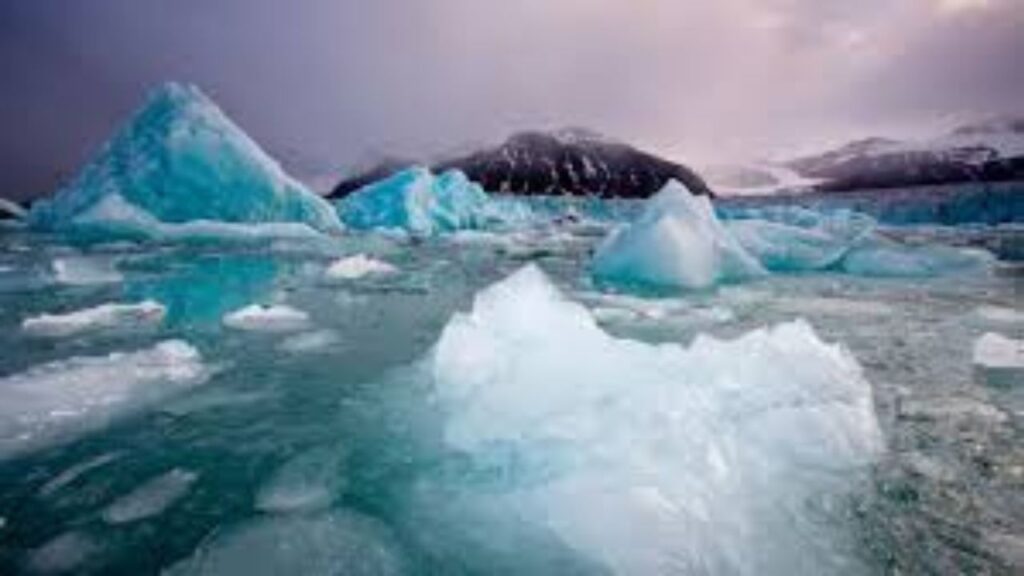
Ocean Currents:
Ocean ice is melting day by day
Warm ocean currents play a significant part in melting ice from below. These currents seep under ice caps, causing what’s known as basal melting. The intricate interactions between ocean currents and ice shelves are crucial to understanding how and why certain areas are melting faster than others.
The Mechanisms of Ice Melting:
Basal Melting: Ocean ice is melting day by day
Basal melting happens when warmer ocean waters come into contact with the bottom of ice shelves, eroding them from below. This process weakens the ice shelves and leads to their ultimate thinning and retreat. Thinner ice shelves cannot support the glacier ice behind them, causing it to flow more quickly into the sea and further add to sea level rise.
Surface Melting:
In addition to basal melting, surface melting happens due to rising air temperatures. During the summer months, the surface ice melts and makes melt ponds. These melt ponds absorb more sunlight, leading to further melting—a feedback loop known as the albedo effect.
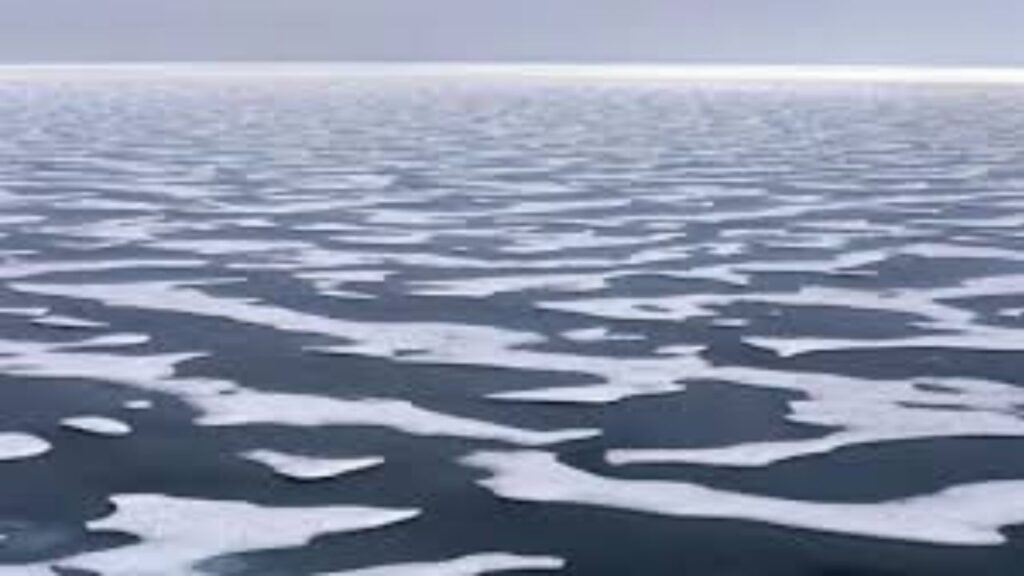
Ice-Ocean Boundary Layer:
The boundary layer between the ice shelf and the ocean, where basal melting happens, is incredibly thin and difficult to measure. This layer is affected by various factors, including the temperature, salinity, and speed of ocean currents, as well as the topography of the ice itself.
Case Studies:
Thwarts Glacier:
Thwarts Glacier in Antarctica is often referred to as the “Doomsday Glacier” due to its massive potential addition to sea level rise. Recent studies have shown that warm ocean currents are undercutting the glacier, causing it to melt quickly. If Thwarts Glacier were to collapse, it could raise world sea levels by over three meters.
Greenland’s Ice Sheet:
Greenland’s ice sheet is another important area of concern. The area has experienced unprecedented ice loss in recent decades, with both basal melting and surface melting adding to the phenomenon. This ice melt greatly impacts not only sea levels but also the global ocean current system, known as the Atlantic Meridional Overturning Circulation (AMOC).
Broader Implications:
Sea Level Rise:
One of the most obvious and direct consequences of melting ocean ice is sea level rise. Rising sea levels pose a danger to coastal communities worldwide, increasing the risk of flooding, eroding shorelines, and impacting freshwater resources. Low-lying areas, such as small island countries and coastal cities, are particularly vulnerable.
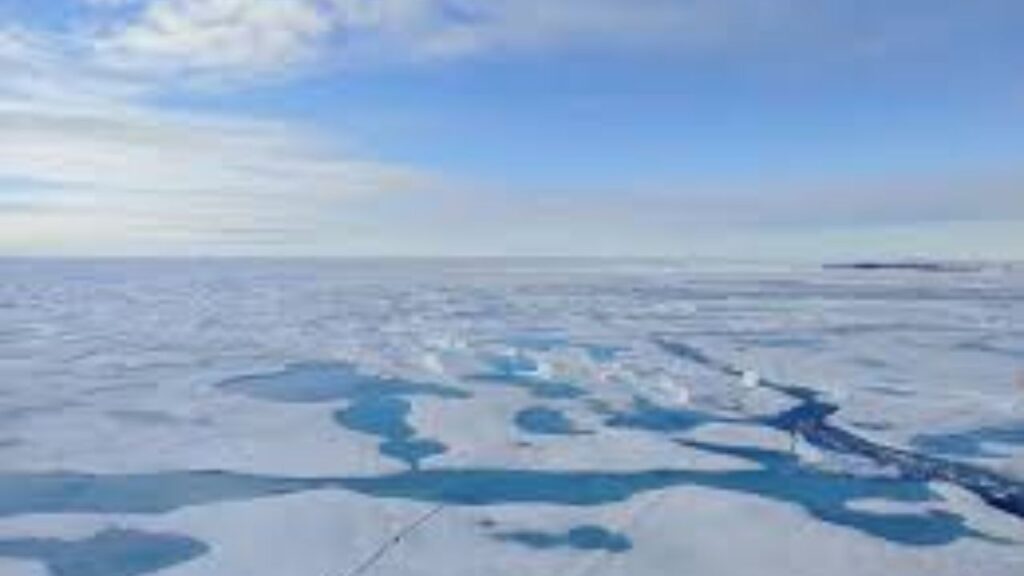
Impact on Weather Patterns:
The disappearance of ocean ice changes global weather patterns. The loss of ice changes the temperature gradient between the Polar Regions and the equator, which can disrupt jet streams and influence weather conditions like storms, heat waves, and cold snaps.
Biodiversity:
Melting ocean ice impacts the numerous species that depend on polar environments for survival. As
The Melting of Polar Ice Caps: An Overview
Ice in the Polar Regions exists in two main forms: sea ice and land-based ice sheets and glaciers. Sea ice, the frozen seawater that floats on the ocean’s surface, plays a crucial part in reflecting sunlight and regulating the planet’s temperature. Land-based ice, especially the massive ice sheets of Greenland and
Antarctica holds vast quantities of frozen freshwater.
Over recent decades, the area and volume of sea ice have been diminishing, while glaciers and ice sheets are retreating and thinning. This melting process, driven by rising global temperatures, is accelerating at an unprecedented rate, leading to a cascade of environmental, economic, and social effects. Ocean ice is melting day by day.
Understanding the Mechanisms behind Ice Melt
the melting of ocean ice includes several complex processes:
Basal Melting: This happens when warmer ocean currents melt the ice from below. This phenomenon is particularly harming the ice shelves of Antarctica. Basal melting causes ice shelves to thin and retreat, destabilizing the glaciers that feed them and adding to rising sea levels Ocean ice is melting day by day.
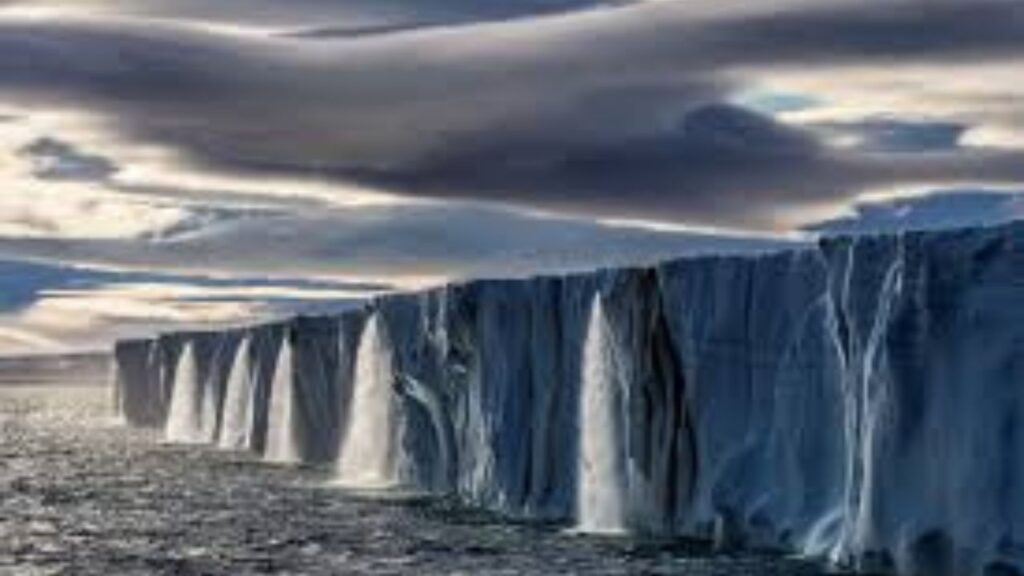
Surface Melting: As world temperatures rise, the surface of ice caps and glaciers also starts to melt. This melt water can percolate through the ice, speeding the melting process from within and weakening the ice structure. Ocean ice is melting day by day
Ocean-Atmosphere Interactions: Changes in atmospheric conditions, such as increased air temperatures and shifting wind patterns, affect the rate of ice melt. For instance, warm winds can increase surface melting and break up sea ice more quickly.
Ocean ice is melting day by day:
Feedback Mechanisms: Melting ice leads to feedback loops that further exacerbate the problem. For instance, as ice melts, it reveals darker ocean water or land surfaces, which absorb more heat and accelerate the melting process—a phenomenon known as the albedo effect.
The Arctic: An Epicenter of Change
Ocean ice is melting day by day,The Arctic region, often called the planet’s air conditioner, has been experiencing dramatic changes. Sea ice extent has been declining sharply, with estimates suggesting that the Arctic could become nearly ice-free during summers within the next few decades. This loss of ice not only affects Arctic wildlife but also has global implications:
• Ocean ice is melting day by day,Rising Sea Levels: The melting of land-based ice contributes directly to rising sea levels, posing a major threat to coastal communities worldwide.
• Ocean ice is melting day by day,Climate Feedbacks: The decrease in sea ice affects weather patterns across the Northern Hemisphere, possibly leading to more extreme weather events.
• Ocean ice is melting day by day,Economic Implications: As the ice retreats, new shipping routes open up, and access to natural resources like oil and gas becomes easy. However, this also raises the potential for environmental disasters.
Antarctica: The Sleeping Giant Awakens Ocean ice is melting day by day
While the Arctic’s transformation has been more obvious, Antarctica’s vast ice sheets hold the key to future sea level rise. Significant portions of the West Antarctic Ice Sheet are below sea level, making them particularly sensitive to ocean warming.
• Thwarts Glacier: Ocean ice is melting day by day Often referred to as the “Doomsday Glacier,” Thwarts is melting at a worrying rate. Scientists think that if Thwarts collapses entirely, it could add substantially to global sea level rise.
• Ice Shelves’ Impact: Ocean ice is melting day by day Ice shelves act as buffer zones, slowing the flow of ice into the ocean. Their destabilization due to basal melting speeds ice loss and raises sea levels.
Consequences of Melting Ocean Ice
the effects of melting ocean ice are profound and multifaceted: Ocean ice is melting day by day
• Sea Level Rise: Ocean ice is melting day by day The most immediate and noticeable effect. Rising sea levels can inundate coastal areas, displacing millions of people, harming infrastructure, and causing economic losses.
• Loss of Habitat: Polar animals like polar bears, seals, and penguins are losing their habitats. This loss impacts not just the species themselves, but also the indigenous communities that depend on them.
• Ocean Circulation Disruptions: Melting ice can alter ocean currents, which control world climate patterns. Changes in these currents can lead to extreme weather events and upset marine ecosystems.
• Freshwater Flux: The influx of freshwater from melting ice can disrupt the ocean’s salinity gradient, affecting marine life and weather trends.
Efforts to Mitigate and Adapt
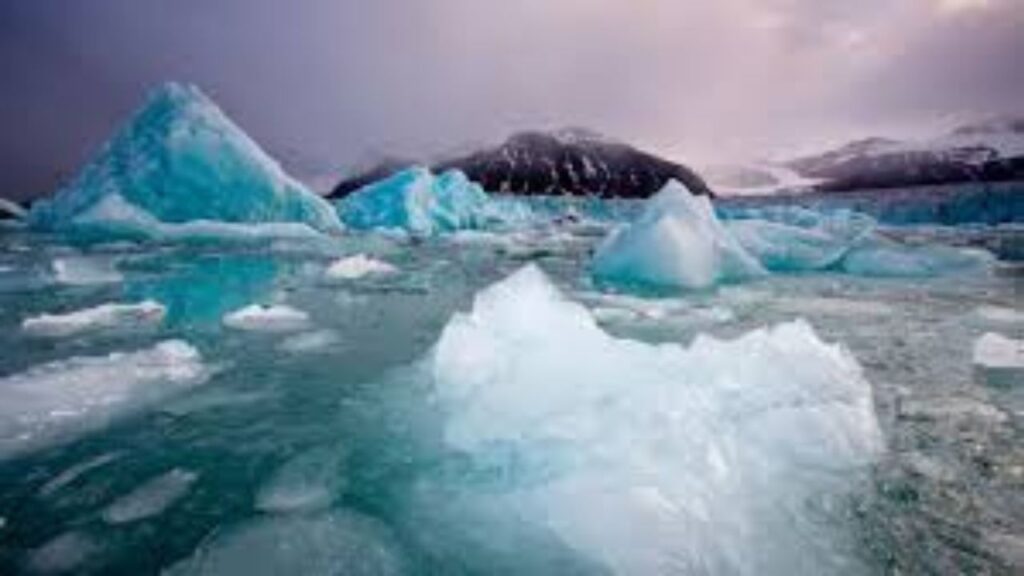
Addressing the problem of melting ocean ice requires a multifaceted approach:
Reducing Greenhouse Gas Emissions: Limiting global warming by cutting down on greenhouse gas emissions is essential. Policy changes, technological innovations, and individual actions all play important parts.
Promoting Renewable Energy: Transitioning to renewable energy sources like wind, solar, and hydroelectric power lowers reliance on fossil fuels, slowing the rate of global warming.
Protecting Polar Regions: International cooperation is important in preserving the fragile ecosystems of the Polar Regions. This includes creating marine protected areas and enforcing rules to limit industrial operations.
Enhancing Research and Monitoring: Investing in scientific research and monitoring provides better insights into the processes driving ice melt and helps develop strategies to mitigate its effect. Advances in technology, such as deploying autonomous underwater vehicles, are important in this attempt.
Adapting to Rising Sea Levels: Coastal communities need to create adaptation strategies to manage the impacts of rising sea levels. This includes building flood defenses, developing early warning systems, and planning for possible relocation.
A Call to Action:
The melting of ocean ice is a clear and important indicator of our changing climate. The consequences of this process are not confined to the Polar Regions but resonate across the world, affecting weather
Patterns, sea levels, and ecosystems.
Immediate and sustained action is needed to mitigate the effect of melting ice and to protect our planet for future generations. This includes not just scientific innovation and policy changes, but also a collective commitment from people, communities, and nations to prioritize the health of our planet.
As we further our knowledge of this complex phenomenon, it becomes increasingly clear that the fate of the ocean ice is intrinsically.

